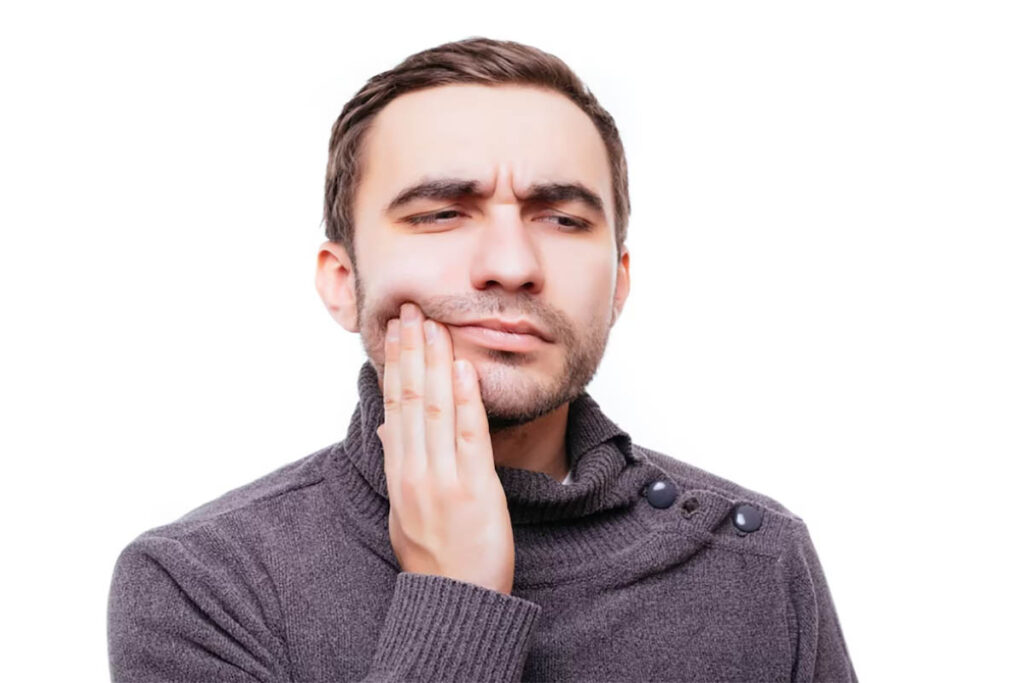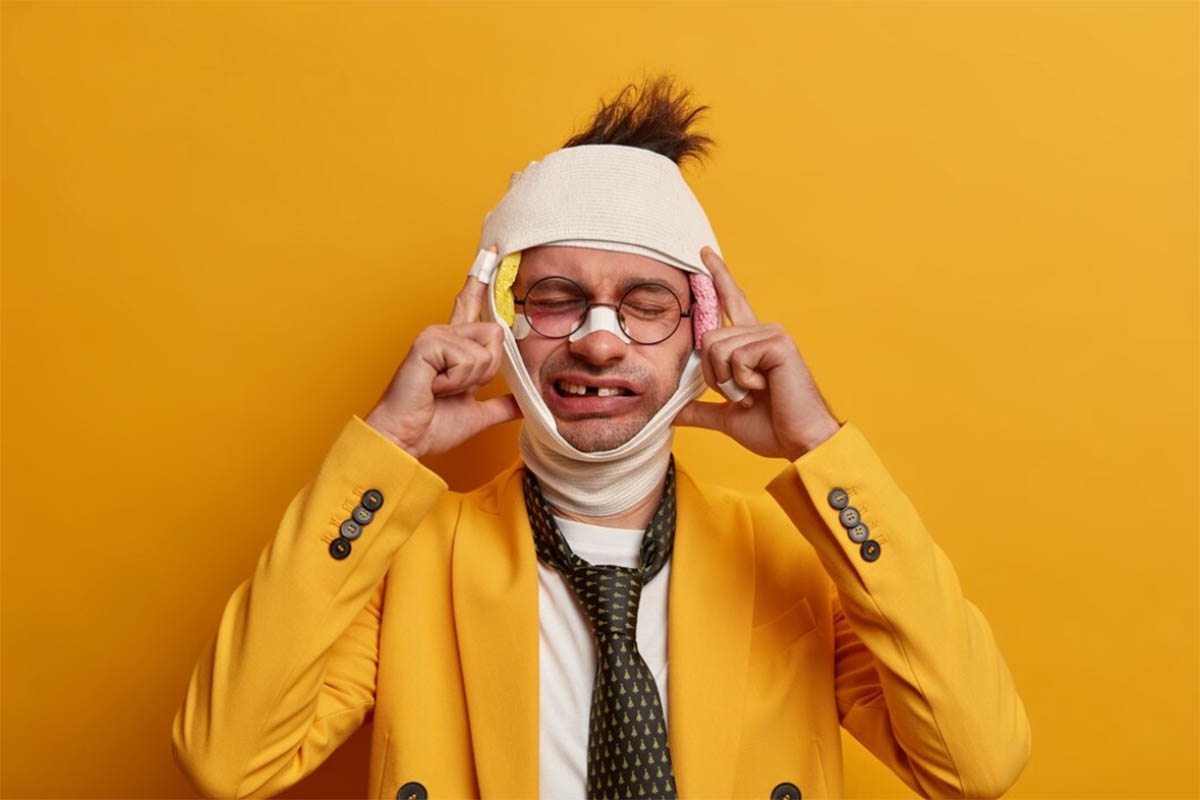Introduction
Jaw pain, medically known as temporomandibular joint disorder (TMJD), affects millions of people worldwide. The temporomandibular joint (TMJ) connects the jawbone to the skull and plays a vital role in eating, speaking, and facial expressions. When this joint malfunctions or undergoes stress, it can lead to severe jaw pain and discomfort. This article unravels the common reasons behind jaw pain, explores associated symptoms, and offers effective remedies to alleviate TMJ-related issues, while optimizing for SEO to reach a wider audience.
Section 1: Understanding the Causes of Jaw Pain
- Bruxism: a. Definition of bruxism and its impact on the jaw b. Identifying teeth grinding and clenching habits c. Link between bruxism and stress
- TMJ Dysfunction: a. Overview of the temporomandibular joint b. Causes of TMJ dysfunction c. Trauma, misalignment, and degenerative joint diseases
- Dental Issues: a. Dental conditions contributing to jaw pain b. Malocclusion and its effects on the jaw joint c. Dental abscesses and infections
Section 2: Recognizing Symptoms of Jaw Pain
- Jaw Stiffness and Soreness: a. Exploring the feeling of tightness in the jaw b. Causes and aggravating factors
- Difficulty Chewing and Talking: a. Impact of jaw pain on eating and speech b. Tips for managing these challenges
- Ear and Facial Pain: a. Link between TMJD and ear discomfort b. Facial muscle tension and its association with jaw pain
Section 3: Effective Remedies for Jaw Pain Relief

- Lifestyle Changes: a. Stress management techniques b. Avoiding hard and chewy foods
- Oral Care Practices: a. Nightguards and mouthguards for bruxism b. Proper brushing and flossing techniques
- Relaxation Techniques: a. Meditation and deep breathing exercises b. Jaw exercises to reduce tension
Section 4: Professional Treatments for Persistent Jaw Pain
- Physical Therapy: a. Role of physical therapy in TMJD treatment b. Jaw exercises performed under professional guidance
- Medications: a. Over-the-counter pain relievers b. Prescription medications for severe cases
- Dental Interventions: a. Orthodontic treatments for malocclusion b. Dental splints and oral devices for TMJ relief
Section 5: Seeking Professional Help for Chronic Jaw Pain
- Importance of Diagnosis: a. Visiting a dentist or maxillofacial specialist b. Diagnostic procedures for TMJ assessment
- Surgical Options: a. Considering surgery as a last resort b. Potential risks and benefits
- Lifestyle Modifications for Long-Term Relief: a. Continuing good oral hygiene practices b. Adopting healthy habits to prevent recurrence
Conclusion
Jaw pain can significantly impact one’s quality of life, but understanding the underlying causes and implementing effective remedies can bring relief and improve overall well-being. Whether it’s managing bruxism, addressing TMJ dysfunction, or seeking professional help, there are various solutions to alleviate jaw pain. By adopting preventive measures, practicing relaxation techniques, and seeking timely professional advice, individuals can take control of their jaw health and enjoy pain-free living. Remember, a healthy jaw leads to a happy smile!


